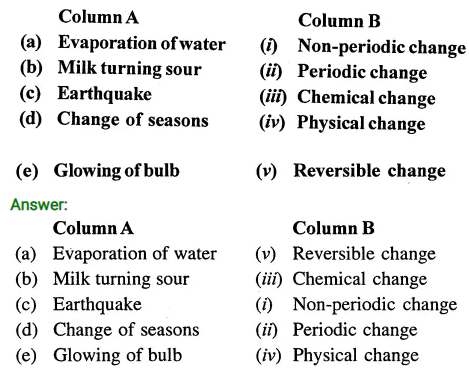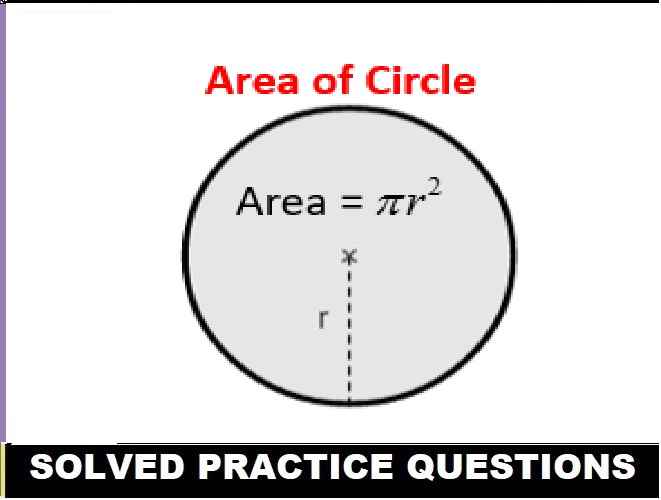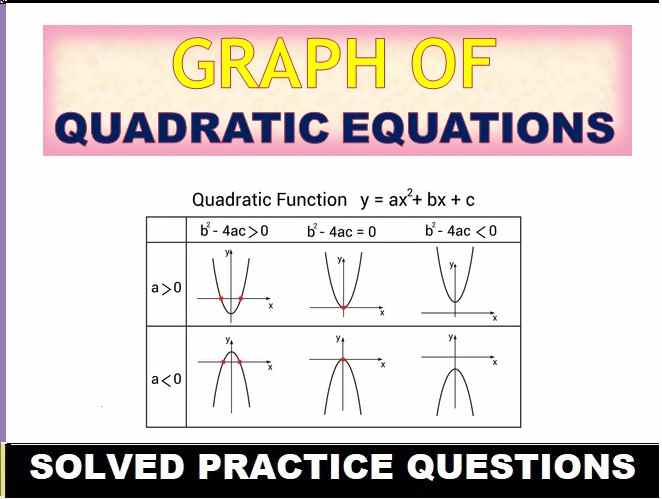Physical and Chemical Changes ICSE Class-7th Concise Selina Chemistry Solutions Chapter-2. We Provide Step by Step Answer of Objective, True False , Fill in the blanks , Match the following , Short/Long Answer Type of Exercise-2 Physical and Chemical Changes. Visit official Website CISCE for detail information about ICSE Board Class-7.
Physical and Chemical Changes ICSE Class-7th Concise Selina Chemistry Solutions Chapter-2
Exercise
Question 1.
(a) Define:
(i) a physical change
(ii) a chemical change
(b) Give two examples for each of the above two changes.
Answer:
(a)
(i) Physical chagne : A temporary change in which no new substance is formed, the composition of substance remains the same, though its state, shape and size may change.
(ii) Chemical change : A permanent change in which new substances are formed whose composition and properties are completely different from those of the original substances.
(b)
Physical change:
(i) Change of water into its vapours.
(ii) Heating of iron rod.
Chemical change:
(i) Burning of wood.
(ii) Breathing.
Question 2.
What are reversible and irreversible changes ? Give one example for each.
Answer:
Reversible change : When a change in a substance can be reversed by changing the conditions, it is said to be a reversible change.
Example : Melting of ghee or wax.
Irreversible change : When a substance can not be brought back to its original state after a change, it is said to be an irreversible change.
Example : Souring of milk.
Question 3.
Mention a change which is always
Answer:
Desirable : Changes that are useful to man are desirable changes, e.g. change of milk into curd.
Undesirable : Change that brings about destruction is an undesirable change, e.g. floods and epidemics are undesirable changes.
Periodic : Changes that are repeated at regular intervals of time are called periodic changes, e.g. change of day and night.
Question 4.
Is burning a physical change or a chemical change? Why?
Answer:
Burning is a chemical change as new substance is formed with new properties and it cannot be reversed.
Question 5.
A burning candle shows both physical and chemical changes. Explain ?
Answer:
A burning candle produces wax vapours which solidify and form wax again is physical change. At the same time wax on burning produces water vapours and carbon dioxide which escape into the atmosphere which are new substances with new properties. It is a chemical change.Hence burning of candle shows both physical and chemical changes.
Question 6.
State three differences between evaporation and boiling
Answer:
| Evaporation | Boiling |
|
|
Question 7.
State four differences between physical and chemical changes.
Answer:
Four differences are :
| Physical change | Chemical change |
|
|
Question 8.
What do you observe when :
- water is boiled
Ans :- On boiling water changes into steam (gas) physical change. - a piece of paper is burnt
Ans :-On burning piece of paper produces carbon dioxide and ash is left behind. Is a chemical change. - some ice cubes are kept in a glass tumbler
Ans :-Ice cubes (solid) turn into water (liquid) only state changes (physical change). - solid ammonium chloride is heated
Ans :-Solid ammonium chloride on heating changes into vapours (change of state) is physical change. - an iron nail is kept in tap water for few days
Ans :-We observe reddish brown coating on the nail called rust (entirely new substance) is chemical change. - a spoon of sugar is heated in a pan
Ans :-When a spoon of sugar is heated in a pan, black (charred sugar) (carbon) is seen. Is a chemical change. - lighted match stick is brought near the mouth of the test tube containing hydrogen gas.
Ans :-We observe that hydrogen bums at the mouth of test tube with blue flame and pop sound is heard. It is chemical change. - quick lime is dissolved in water.
Ans :- The following two observations will be observed
(i) A hissing sound is observed.
(ii) The mixture starts boiling and lime water is obtained. - liittle ammount of curd is added to a bowl containing warm milk and kept for five hours.
Ans :-When a little amount curd is added to a bowl containing warm milk and kept for five hours, a permanent change occured.
The milk will change to curd. On boiling water changes into steam (gas) physical change.
Question 9.
Name a chemical change which takes place in presence of:
Answer:
Heat:
- Burning of paper.
- Cooking of food need heat.
Light :
- Formation of food by plants i.e. photosynthesis need light.
- Hydrogen and chlorine react in presence of light
Electricity:
- Water breaks into hydrogen and oxygen on passing electricity.
- Sodium chloride solution breaks up into its components sodium and Chlorine on passing electric current through sodium chloride solution.
Objective Type Questions Physical and Chemical Changes ICSE
Question 1.
Fill in the blanks.
1 .A new substance is always formed in a …… change.
A new substance is always formed in a chemical change.
2. Melting of ice is a …… change.
Melting of ice is a physical change.
3. When a candle burns, wax melts. Melting of wax is a ….. change.
When a candle burns, wax melts. Melting of wax is a physical change.
4 .Chemical change occurs as a result of ………. between two
substances.
Chemical change occurs as a result of rearrangement of atoms between two
substances.
5. Burning of a fuel is a ……… change.
Burning of a fuel is a chemical change.
6 .Revolution of the earth around the sun is a ………… change.
Revolution of the earth around the sun is a natural periodic change.
7 .Growing of a seedling into a plant is ………..change.
Growing of a seedling into a plant is chemical change.
Question 2.
State whether the following are physical or chemical changes.
- glowing of a bulb — physical change,
- burning of sugar — chemical change,
- heating of water — physical change,
- growing of a piglet into a pig — chemical change,
- burning of wood — chemical change,
- passing electric current through a heater rod — physical change.
- water cycle in nature — physical change,
- respiration in living beings — chemical change,
- shaping a piece of glass — physical change,
- lightning — chemical change,
- (energy produced) dissolving sugar in water — physical change,
- heating a mixture of iron filings and sulphur—chemical change.
- mixing oil with water — physical change.
- cutting wood into small pieces — physical change,
- photosynthesis — chemical change.
- Digestion of food — chemical change.
- Melting of wax — physical change.
- Boiling of an egg — chemical change.
- Slaking of lime — chemical change.
Question 3.
Match the following:

Question 4.
Write true or false against the following statements :
- Cutting of paper into pieces is a chemical change.
False - Rusting of iron is a chemical change.
True - Earthquake is a desirable change.
False - Melting of ice is a physical change.
True - Burning of sugar is a temporary change.
False
Multiple Choice Questions Physical and Chemical Changes ICSE
Tick (√) the correct alternative from the choice given for the following statements :
Question 1.
A substance which can not sublime is
- iodine
- camphor
- sugar
- dry ice
Answer:
sugar
Question 2.
When you put some ice cubes in a glass, droplets of water are formed on the outer wall of the glass. This explains the phenomenon of
- melting
- freezing
- condensation
- evaporation
Answer:
condensation
Question 3.
- slow process
- fast process
- natural process
- none of the above
Answer:
fast process
Question 4.
Which one of the following is volatile in nature ?
- common salt
- petrol
- water
- milk
Answer:
petrol
Question 5.
An example of both physical and chemical change is
- burning of candle
- melting of ice
- cooking of food
- blowing of bulb
Answer:
burning of candle
Question 6.
The compound rust is a hydrated oxide of
- copper
- aluminium
- iron
- gold
Answer:
iron
Question 7.
When sugar is heated, its colour changes into
- ed
- brown
- black
- grey
Answer:
black
Question 8.
A pop sound is heard when a lighted match stick is brought
near the mouth of a jar. This indicates the release of gas.
- oxygen
- hydrogen
- nitrogen
- water-vapour
Answer:
hydrogen
Question 9.
When we add water to the following substances, which one will show a chemical change ?
- salt
- sugar
- oild
- quick lime
Answer:
quick lime
Return To ICSE Class – 7 Concise Selina Chemistry Solution
Thanks


